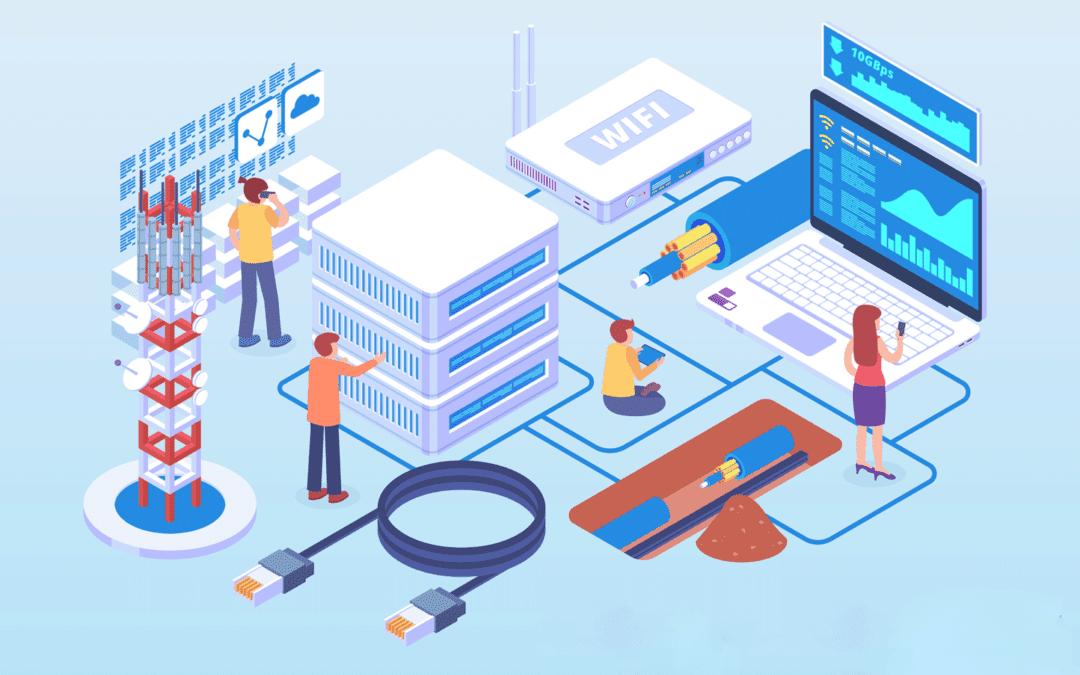Fiber optic is still relatively new.
You’ve likely heard of fiber optic before.
In fact, there’s a good chance that it’s the same cable that provides your home with a lightning-fast internet connection. Fiber optic is still relatively new, first introduced to many houses only a decade or so ago.
Fiber optic uses glass cables (sometimes plastic) to send data for transmission between different households and servers. Essentially, the faster we can send and receive data, the quicker our internet speeds – these are the very basics of internet transmission and fiber optic connection.
Now that we’ve discussed the basics, the remainder of this article will explain more about fiber optic applications. In particular, the exciting future of fiber optic and space. Yes, you read that correctly, space.
Fiber optic space sensing system.
The fiber optic sensing system was discovered and created by NASA’s Armstrong flight research center, located in California. The technology was originally developed to collect strain and various other data measurements for aircraft. The fiber systems are currently being adapted and applied for use in space, in a spacecraft to check and analyze strain information, and for other critical space flight safety systems.
The new fiber optic sensing system design is set to resolve various problems and technical challenges for the agency and also for various automotive, medical, and beverage industries. Previously, the collection of aerodynamic data was difficult, requiring complex infrastructures such as miles of wires, harnesses, and various bulk sensors which not only added weight to aircraft but also complicated systems further. However, the Armstrong flight research center is now working on and soon utilizing their new FOSS application, which has a much more lightweight design that is sure to change the game regarding data transmission.
FOSS contains high-speed sensing and monitoring technology used to measure aircraft strain, temperature, operational loads, liquid level, and other systems in real-time to further increase data transmission efficiency in space (and soon in other industries, too).

“Single drop or complete infrastructure”
To conclude
NASA is currently testing and implementing new fiber optic applications to revolutionize space travel system measurement. The use of FOSS will allow engineers to measure operational loads, temperatures, and various other systems in real-time, eliminating the old system of many wires and increased leads to support the transfer of data.
The future of this new fiber optic technology is exciting. Once the data transfer is successful in space, it will slowly be transferred to various other industries, including automotive, medical, and beverage for more efficient and accurate manufacturing, storage, operation of goods, and perhaps, even staff.
To say the future of FOSS is exciting is an understatement – it’s certainly something to keep an eye on in the coming years.
Fiber Optic Installation
The team at ICAS is able to cater to your business cabling needs, with our professional and affordable service.

